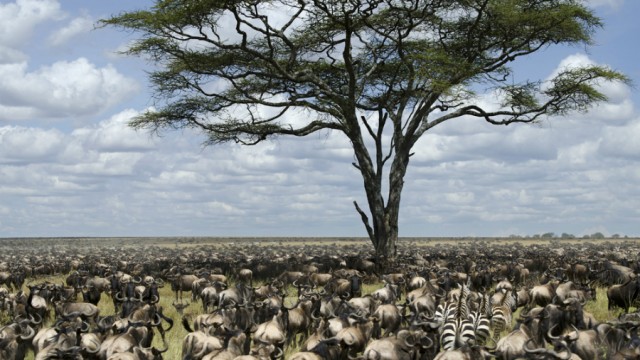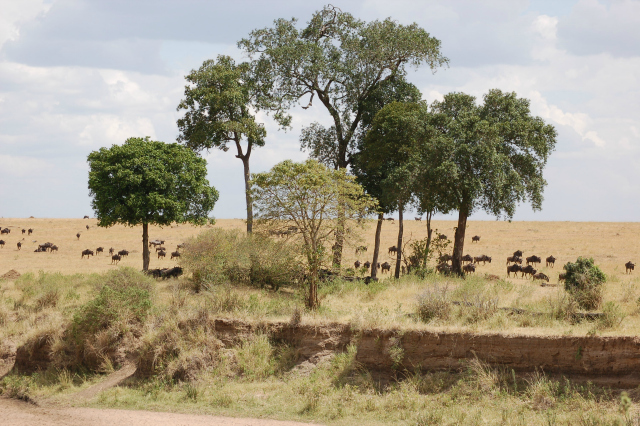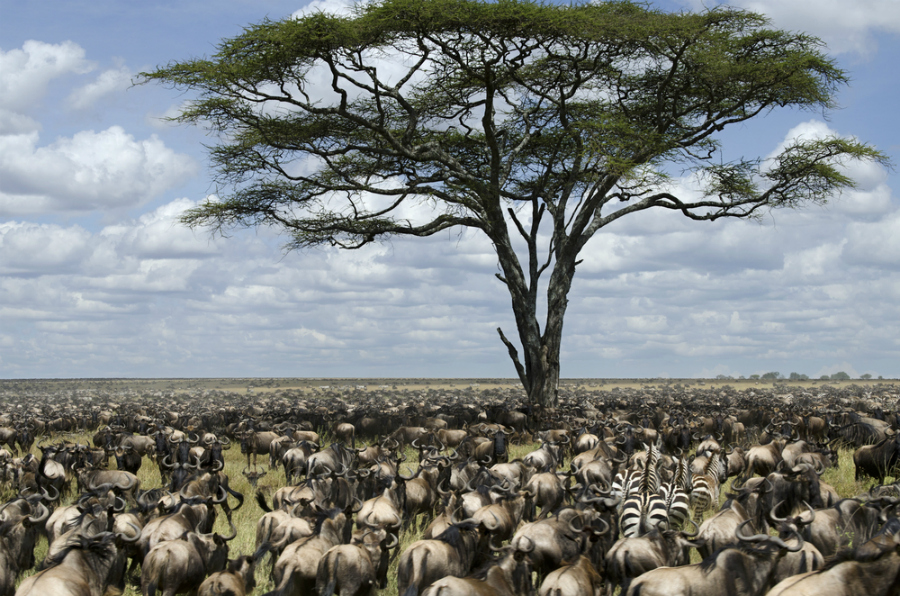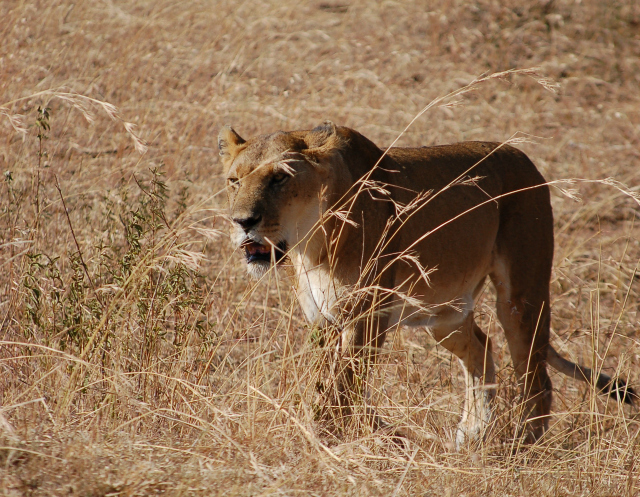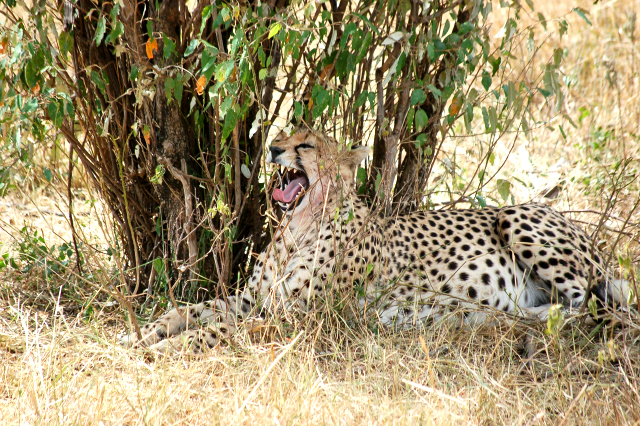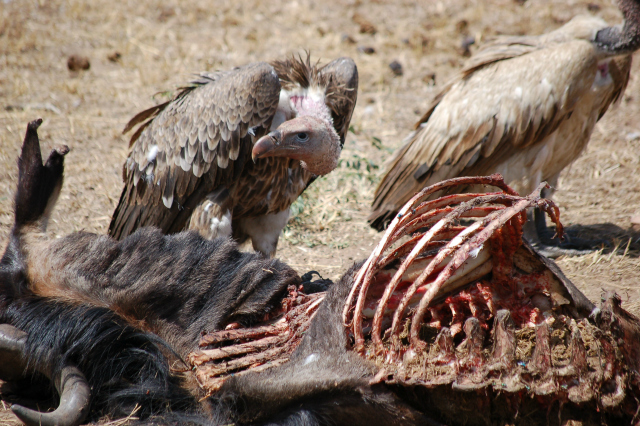Those new to the African safari world might not understand exactly why the Great Wildebeest Migration is such a coveted and mind-boggling experience. Two million migrating ungulates is, after all, a tough thing to wrap your mind around.
By August, the Great Migration of wildebeest, zebra and gazelle is reaching their northernmost point of their journey in the Mara. Early morning game drives in the north of the Masai Mara leads you around the leaders of the herd.
The search for green grazing grasses guides the movement of the wildlife as they move between Kenya and Tanzania on an annual loop.
Driving south, larger and larger herds begin to stipple the horizon.
The mighty Mara River divides the two countries. Filled with hippos and crocodiles, this is often a treacherous crossing for the young and old.
Looking south, you see the full extent of the migration – and the idea of two million migrators becomes real.
The experience becomes all-consuming as you find yourself in the heart of a herd searching for the greener grass.
Of course, just beyond the edge of the herd are the resident carnivores, who take delight during this period of abundant prey.
However, with such ample food available, it is rare to see a hunt in progress. More often than not, predators are spotted lazing in the shade as they digest their most recent meal.
Vultures act as a welcome reminder of this…
The lucky ones who got away will make the trek back in the other direction in just a few months’ time. Such is the circular nature of the Great Migration.
Want to discover the finer side of Africa? Sign up for our weekly newsletter.
